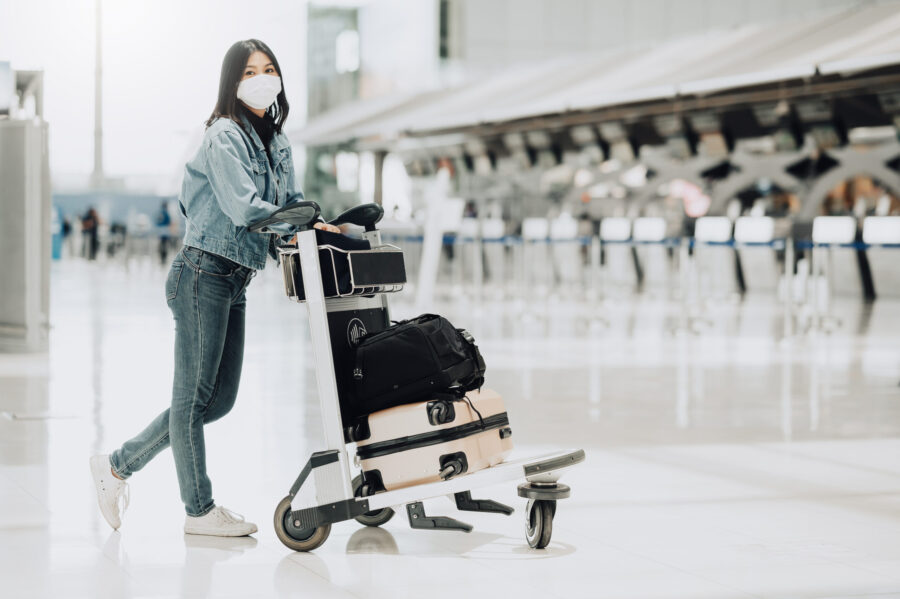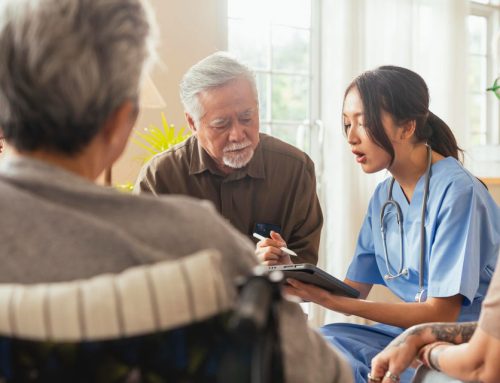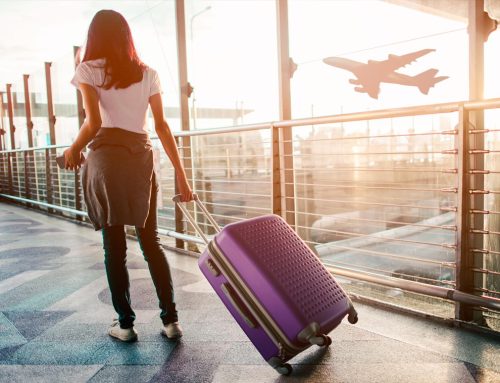Traveling soon? Here’s what you need to know
By Emily Kim
Though the CDC has discouraged unnecessary travel during the pandemic, many Americans have found themselves in situations where traveling is simply unavoidable. So what do you do if you too find yourself in this category? What are some things to keep in mind? Let’s dig into the details below.
First of all, if you are traveling domestically, you don’t need to scramble to get a COVID test prior to your flight. This decision was made out of an effort to preserve the limited testing supply in the US, as well as to prevent additional strain on the already weakened airline industry. However, if possible, the CDC still recommends that you get a viral test 1-3 days before flying and 3-5 days after arriving at your destination, in addition to self-quarantining for seven days. If you are unable to get tested, the recommendation is 10 days.
However, if you have international travel in your plans, be prepared to get a PCR test no more than three days prior to your flight back to the US. You will need to show proof of your negative test result in order to board the plane. And this new protocol doesn’t apply to the US alone; many other countries, including but not limited to South Korea, Taiwan, and Indonesia, are requiring passengers to present proof of a negative PCR test to enter the country.
Now, whether you are traveling domestically or internationally, let’s say you manage to get yourself onto the plane. Now what? How safe is the aircraft itself? The short answer is this — aircrafts are relatively safe. According to a Travel Pulse article, most commercial aircrafts are built with HEPA (High Efficiency Particulate Air) filters and sophisticated air circulation systems. Air moves vertically from the ceiling to the floor, rather than lengthwise across aisles, and the HEPA filters capture virus-sized particles with an impressive 99.9% efficiency. Furthermore, according to Denise Stecconi, commercial pilot for Alaska Airlines, HEPA filters replenish the cabin with “completely new air” every six minutes.
Not only are aircraft filtration systems effective in trapping Covid-sized particles and producing clean air in the cabin, but proper mask-wearing further reduces the risk of in-flight transmission. In fact, MIT Medical revisited one story from back in April to highlight this point. One man flying from Wuhan to Toronto showed Covid symptoms on his flight and tested positive for the virus soon after. He kept his mask on during the flight – and despite there being over 300 passengers on the plane, none other than himself and his wife were infected.
Now, this isn’t to negate the risks of flying during a pandemic – there have indeed been instances of in-flight transmission. Passengers are allowed to remove their masks when actively eating or drinking, which inevitably increases the risk, and as MIT Medical states, “true social distancing on a plane is impossible.” But the combination of general mask enforcement and advanced filtration systems can help put your mind at ease. In fact, a study led by the US Department of Defense shows that one’s risk of exposure is extremely low when wearing masks on a standard, commercial aircraft – roughly the same likelihood as getting struck by lightning.
So if you find yourself packing your bags and heading to the airport anytime soon, double check your flight requirements, take the necessary precautions, and be sure to mask up, but trust that your airline will do all that it can to keep you safe too. Traveling in the Covid-era is certainly very different, but when we adapt, we keep life going in the safest possible way.






